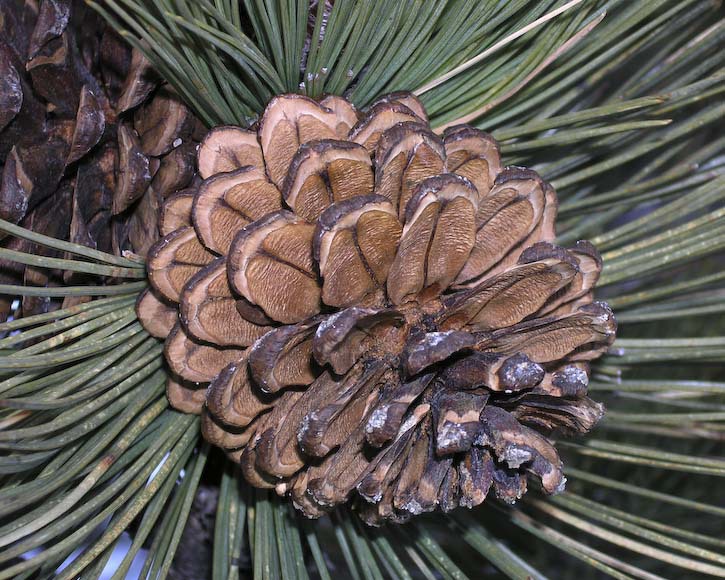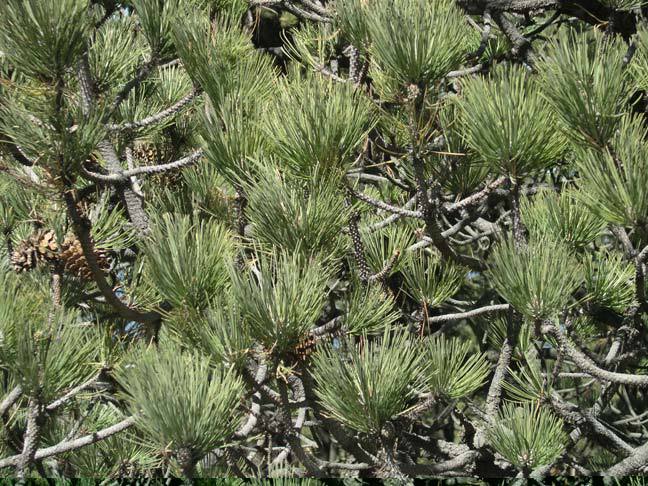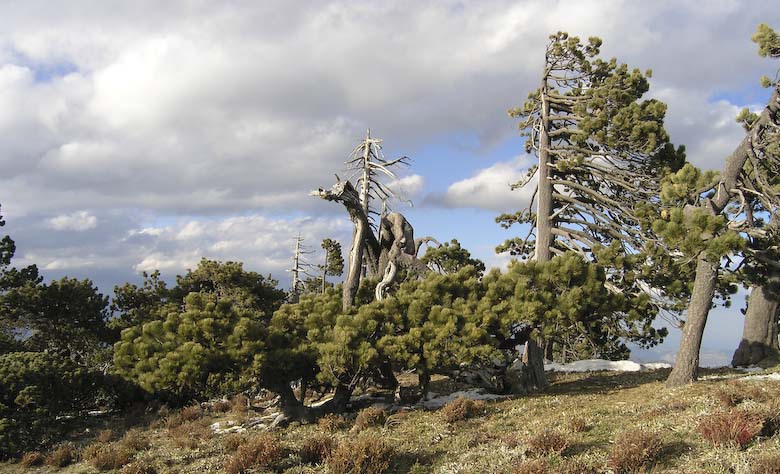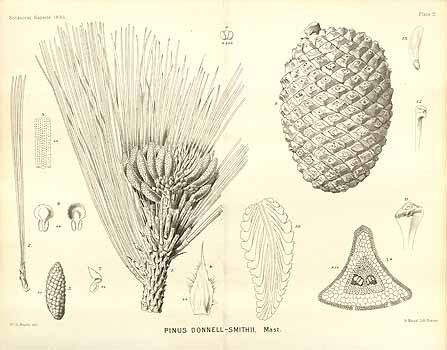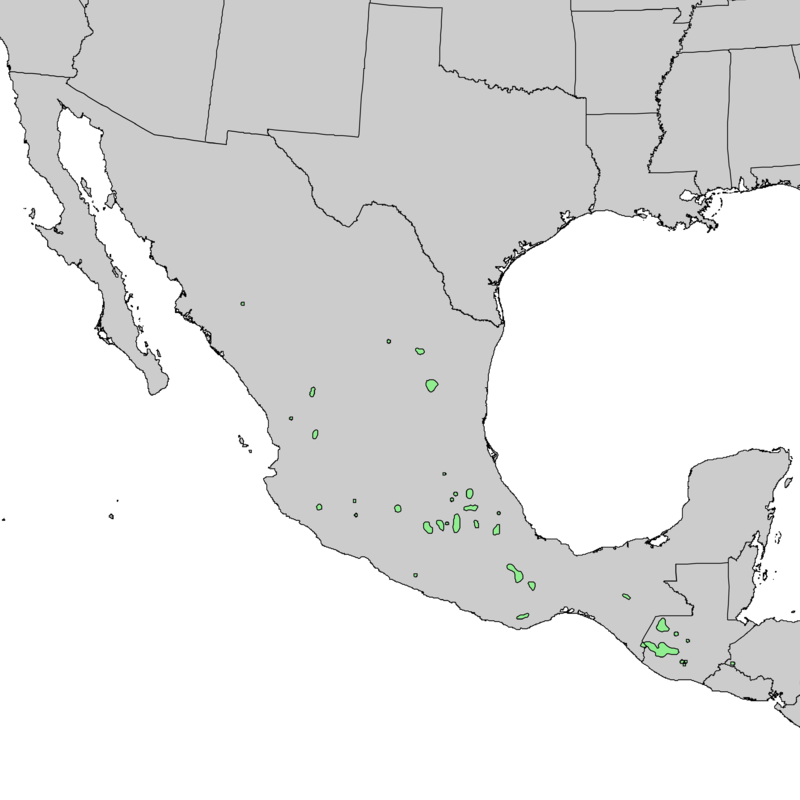
subgenus Pinus, section Trifoliae (Duhamel), subsection Ponderosae (Louden).
Pinus hartwegii, first described in 1839 by John Lindley (1799-1865), is commonly known as Mexican mountain pine, Mesoamerican subalpine pine or Hartweg's pine; as well as Pino de México, ocote, pino, pino escobetón, or pino negro in the Spanish dialects of Mexico. The species name honors Karl Hartweg (1812 -1871), a German botanist who collected the type specimen in the mountains of eastern Michoacán, Mexico where he traveled extensively.
Ethnobotany. This tree is commonly scarred for resin collection. Such resin collection is typically performed on a non-industrial scale, marking isolated trees, with the resin used for caulk and other purposes not requiring refinement or distillation.
Description. Mexican mountain pine is an evergreen coniferous species of tree that grows to mature heights of 100 feet (30 cm) with a trunk up to 50 inches (128 cm) in diameter, measured at breast height and is always tree-form even at the alpine timberline. A tree's crown is conical when young, becoming more cylindrical with age.
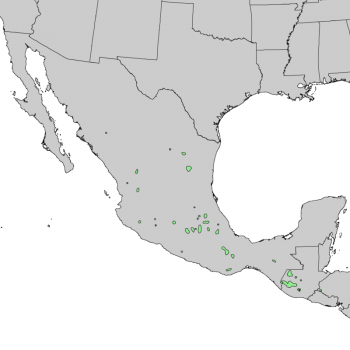
Distribution. This species is native to Guatemala - departments of Chimaltenango, El Quiché, Guatemala, Huehuetenano, Quezaltenango, Sacatepequez, San Marcos, Sololá, and Totonicapán; in Honduras, it is found on Cerro Santa Bárbara; in Mexico - states of Chiapas, Chihuahua, Coahuila, Colima, Distrito Federal, Durango, Guerrero, Hidalgo, Jalisco, México, Michoacán, Morelos, Nuevo León, Oaxaca, Puebla, Tamaulipas, Tlaxcala, and Veracruz.
This conifer is found at elevations of 8,000 to 13,000 feet (2,500 - 4,000m) above sea level. Jesse Perry writes in his 1991 book, The pines of Mexico and Central America, that it's also reported from El Salvador, asserting that "there are still many relatively unexplored high mountains along the Honduras-El Salvador border and P. hartwegii, along with other unreported species, may occur on those mountain peaks."
Hardy to USDA Zone 8 - cold hardiness limit between 10° and 20°F (-12.1° and -6.7°C).

